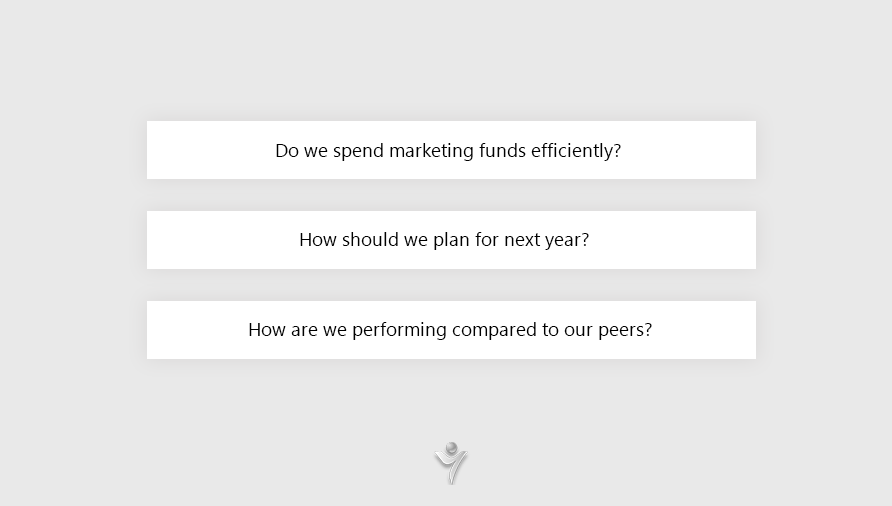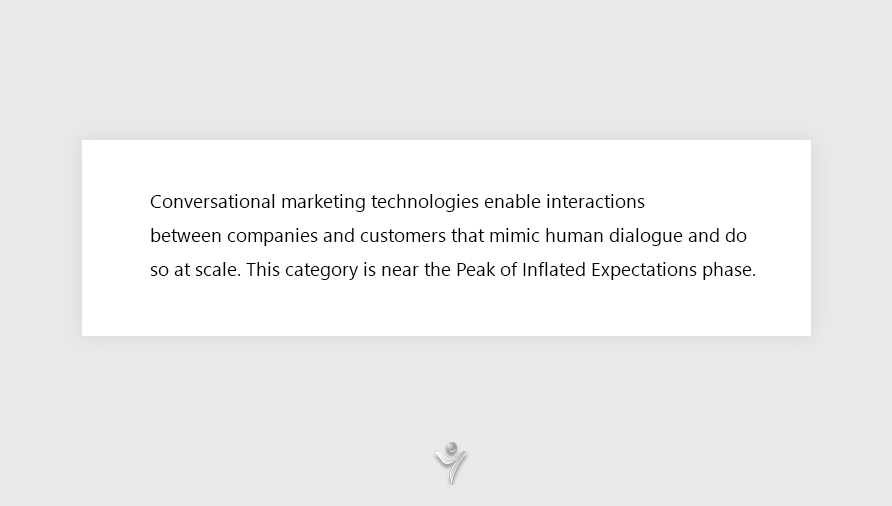We anticipate these trends to be leading in 2020

Top 5 marketing trends for 2020. Source: shutterstock.com
Once we have considered trends of partnership in financial services and the future of fintech it will be reasonable to continue. Today, PaySpace Magazine will tell you about top marketing trends for 2020. Thus, you will know what to wait for in the coming year.
Financial services (FS) companies are collecting more data than ever, and this has always been a very data-intensive industry. This proliferation of data is transforming the way FS firms operate and compete. It is also having a significant impact on marketing.
What is more, you can take a look at the marketing calendar example since it’s an essential part of running your business succesfully.
As FS leaders realise that more trusted, connected and intelligent data contributes to their competitive position and survival, they now see data as an essential asset.
You can also read more here why fintech marketing leaders explore internal data to tell original stories. Done well, data storytelling may help build fintech reputations.
Despite many advancements that help FS companies target the most appropriate consumers, there are many challenges that are raising the degree of difficulty of marketing performance.
One of the top priorities for FS marketers should be mastering the ability to measure the results of their marketing efforts. Whether you are an established FS provider seeking to win new customers, or a fintech start-up focused on establishing awareness and customer growth, marketing is critical to generating a stronger business performance. In recent years, marketing and branding have become a larger part of banks’ strategies, because marketing, not branch or ATM share, is playing a larger role in driving customer acquisition. The level of investment in marketing has never been higher. Yet, many FS companies are still asking themselves the following:

Allocation of marketing funds is an important factor in marketing performance, making spending allocation imperative. The practice of effective measurement often lags behind client acquisition marketing strategies and capabilities. It is important to focus on the ability to deliver accurate, people-based unified marketing measurement across online and offline channels to maximise media spend, creative rotation, brand impact, account openings and, ultimately, marketing ROI.
New marketing trends
 Trend 1: Marketing measurement would become #1 priority
Trend 1: Marketing measurement would become #1 priority
So why has measurement suddenly become marketers’ chief concern? Marketing spend is moving into the digital dimension. For a long time, digital measurement was somewhat straightforward. But, mobile has changed that. Measurement today is more complicated, more nuanced, and more important than ever.
 Trend 2: Digital ad spend > TV ad spend
Trend 2: Digital ad spend > TV ad spend
In late 2016, for the first time, U.S. digital ad spend exceeded TV ad spend, and this gap is expected to widen significantly in the coming years. As marketers begin to spend more of their budget in digital, they come under increasing pressure to justify their spending and quantify its impact. More than ever, they need to take into consideration other touch points beyond the one that immediately preceded the conversion.
 Trend 3: Consumer shift to mobile and digital media
Trend 3: Consumer shift to mobile and digital media
FS clients want banking to perform in the palm of their hand on their mobile device – anytime, anywhere. This has also become their preferred way to consume content. eMarketer reports adults in the U.S. are answering the marketing performance question a perspective on important techniques to measuring marketing performance. According to Scott Woepke Review 2019: 29 spending nearly half of their media time on digital media (47.2%) 2 . On average, consumers spend nearly six hours each day with digital media, compared to four hours with television. FS companies are now adapting to this important shift in behaviour and channel preferences.
 Trend 4: Challenges of measurement
Trend 4: Challenges of measurement
Because digital media generates a lot of data, it is assumed it is highly measurable, and it is, taken one medium at a time. However, due to the fragmentation of tech advancements and platforms, digital is introducing complexities that marketers must understand to achieve accurate results. In contrast, offline channels may provide less user engagement data, but in many cases personally identifiable information (PII) enhances targeting precision due to a clearer understanding of consumer identity. From a campaign measurement perspective, the following table summarises some of the challenges marketers must address.
 Trend 5: Conversational marketing
Trend 5: Conversational marketing
Well, it seems to be the most exciting trend in marketing today, bringing together rapid client adoption of smart speakers and innovation in search query processing, conversational interfaces and messaging.
Conversational marketing is highlighted as a key innovation in the latest Gartner hype cycle alongside Artificial Intelligence, which often fuels it. You can see that of the technologies on the Innovation Trigger slope, many aren’t expected to become mainstream for 5 to 10 years. Of those forecast to hit mainstream within the next 2 to 5 years, the three most significant for marketers to consider are personification, real-time and conversational marketing.

We believe the hype about smart speakers to support the purchase journey is just that. While some products lend themselves to purchase, where a choice is to be made amongst complex products, they just won’t cut it until we have truly intelligent comparison bots. However, the research suggested by Artefact UK, an AI and data-driven agency, reveals that:
Six out of ten smart-speaker owners (60%) have used them to make a purchase in the past year. In fact, nearly a quarter (22%) said they have done so within the past week.
We believe that building in more relevant to web, email and mobile-based conversations can have a bigger impact by boosting relevance and speaking in a more personal tone. Persado is an interesting tech here.
Persado, for instance, uses a copy impact classification applied to existing copy, which is used to tailor copy and calls-to-action on an individual basis.
SEE ALSO:









